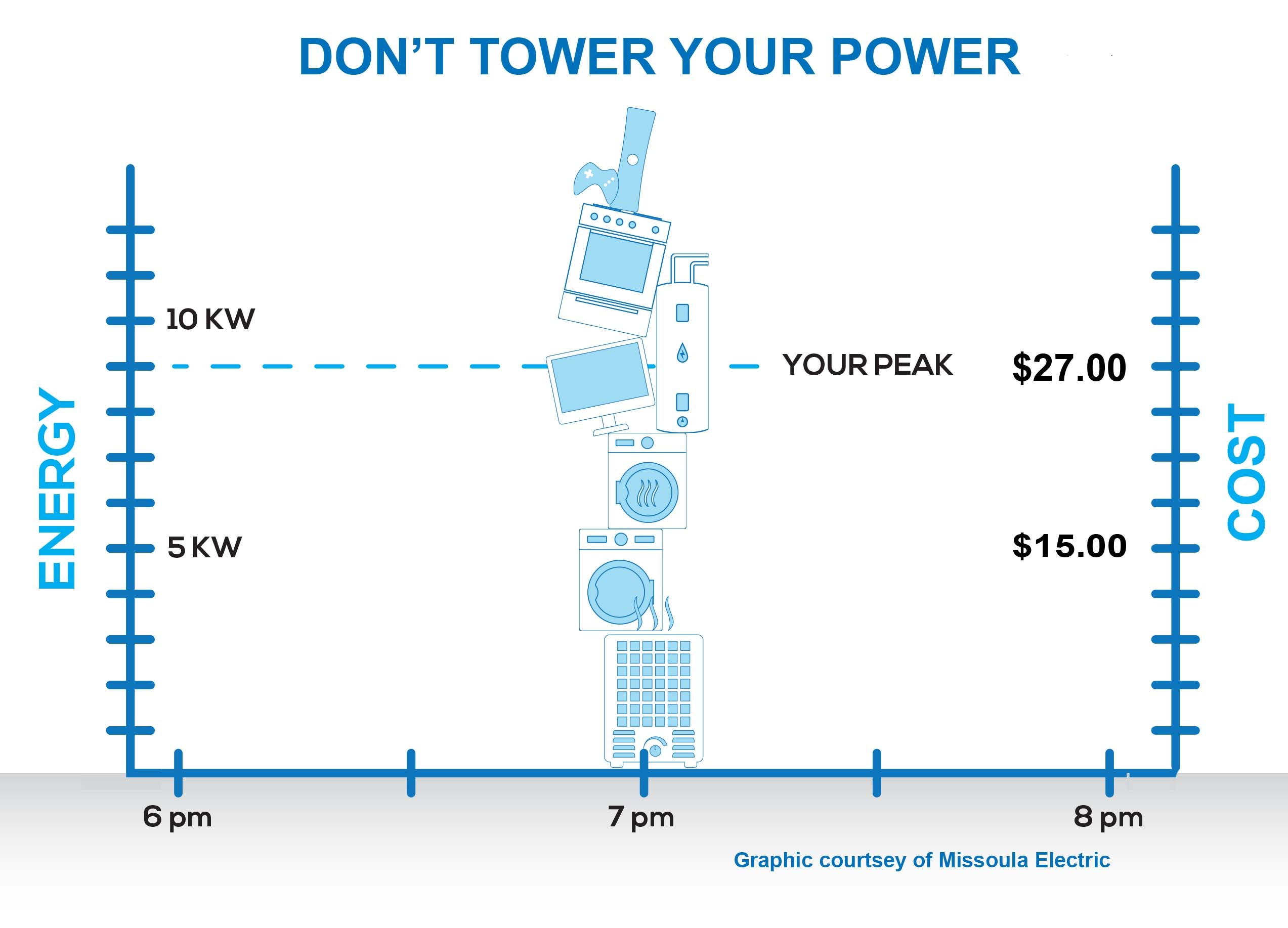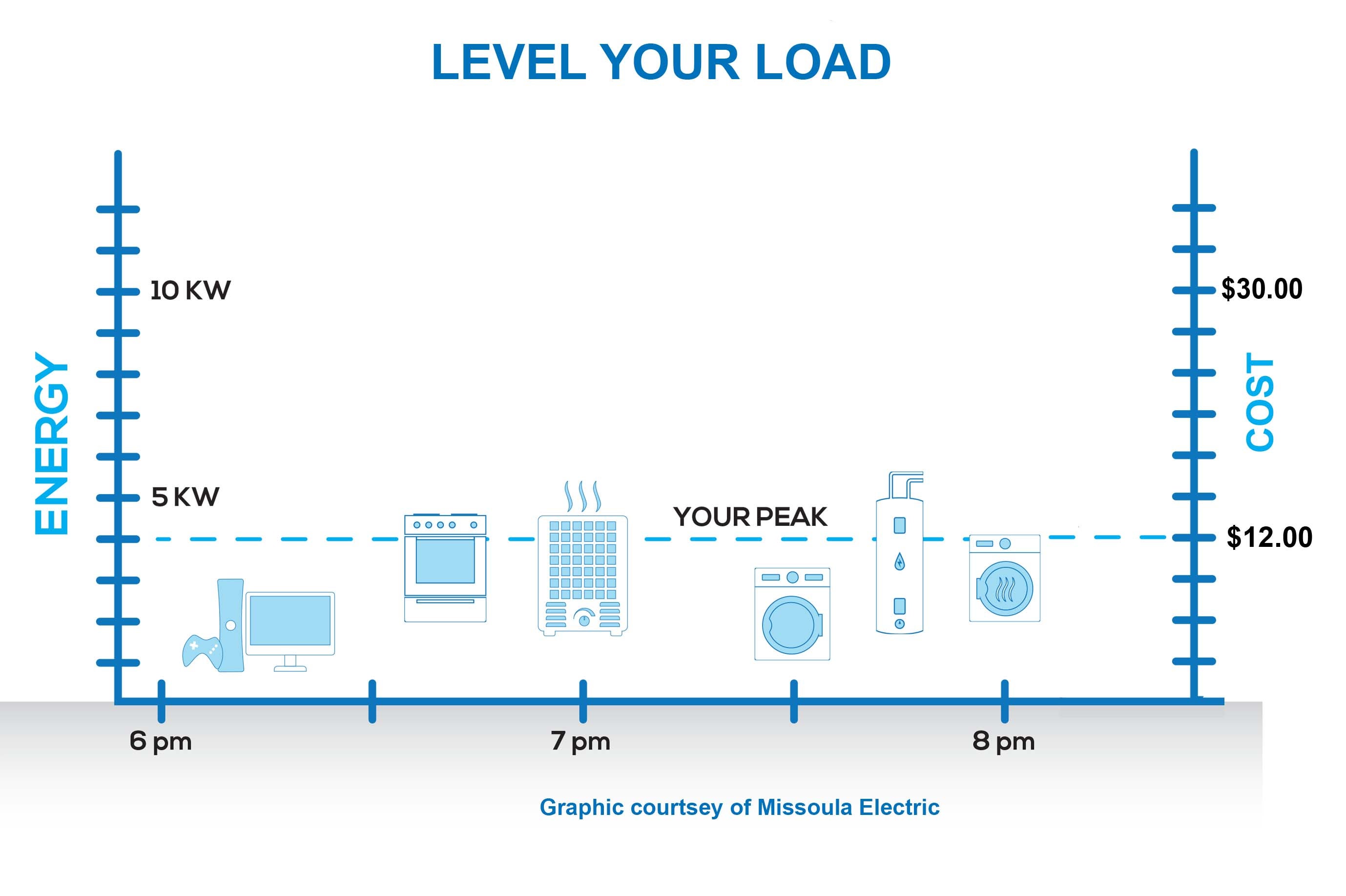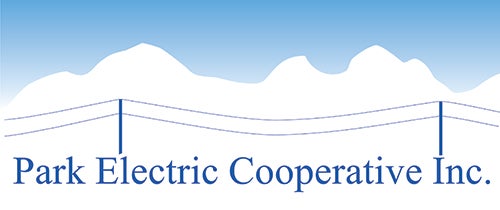Our electrical rates are based on wholesale power costs plus operational costs. We strive to provide the best power service at the lowest price. The Board of Trustees discusses the rates and sets them based on past usage as well as forecasted need. Periodically, the board does a cost of service study. This study helps determine if Park Electric has adequate revenue for the purchase of wholesale power and maintenance and operation of the system. Revenues must allow Park Electric to repay long-term financers, generate margins (money that becomes capital credits), and satisfy the terms required by Rural Utility Services (RUS) and the Cooperative Finance Corporation (CFC).
Park Electric's rates reflect a fair and equitable schedule for each class of service (outlined in the menus below). These rates assure that one class of service, whether commercial, residential, or irrigation does not subsidize another.
On January 1st 2026 Park Electric will be implementing a rate increase. Please read the information below for a broader understanding of the change.
RATE CHANGE FAQ
January 1st, 2026
Residential base rate services are increasing by $1.00 per month. Demand fee is increasing $1 per kW. Additionally, our second-tier block rates for kWh usage over 1500 have increased. Please refer to the rate class tabs below for details on these changes.
Our power supplier has cited growing electricity demand, major infrastructure investments, aging infrastructure, tighter reliability standards and financial pressures as the main reasons for this rate increase.
Residential services will have a $1.00 increase on their base rate per month. The demand fee has increased to $3.00 per kW. Our second-tier block rates (if you are using over 1500 kWh, or over 3000 kWh for commercial) have also increased. Please refer to the rate classes below for the updated rates. Keep in mind that your usage may vary significantly based on your consumption patterns and weather conditions.
- Demand is the highest amount of electricity used during a period of time. Members will have a daily peak, generally in the morning of evening. This is when the majority of members peak during the same period. When all the members are peaking at the same time, this creates a peak for the Park Electric distribution system.
- Since electricity must be generated at the moment it's needed, serving demand peaks can require resources that are more expensive since they are harder to plan for and require larger infrastructure to accommodate them.
- A demand fee has always been embedded in our rate, we have chosen to separate part of its cost out to put the power of saving into the member's hands.
Yes, you can reduce your demand charge by adjusting your usage habits. While some demand-related electricity usage is unavoidable, such as the periodic operation of appliances like refrigerators and freezers, other high-power loads can often be shifted to off-peak times. Here are a few ways to reduce your peak demand:
- We encourage our members to “level your load” and spread out the use of major appliances rather than running them at the same time.
- Do laundry and other chores that require significant amounts of electricity at different times such as mid-day, later in the evening, or on the weekends. Consider setting a timer to run your dishwasher, washer and dryer, and other appliances so they don’t run all at the same time.
- Purchase a programmable or smart thermostat to reduce heating and air conditioning to reduce demand.
- Take advantage of our rebate programs when you invest in new Energy Star appliances.


PEC determines your service’s amperage based on the information provided during the new service request process. PEC has always offered two rate categories: one for services up to 400 amps, and another for services over 400 amps. However, as member needs have grown, we’ve introduced three additional amperage classes to better accommodate larger service requests.
When a member applies for a new service, their electrician specifies the required amperage. Using this information, PEC can determine the appropriate service classification and design the necessary infrastructure to meet those needs.
PARK ELECTRIC RATES
| RESIDENTIAL RATES | RESIDENTIAL NET METERS | |||
| Base Rate under 400 AMPS | $27.00 | Base Rate 1* 320 AMPs or LESS | $36.00 | |
| Base Rate 400 AMPS | $32.00 | Base Rate 2* 400 AMPS or greater | $67.00 | |
| Base Rate 401-600 AMPS | $37.00 | |||
| Base Rate 601-999 AMPS | $42.00 | Demand | $3.00 | |
| Base Rate 1000 AMPS or greater | $47.00 | |||
| 0-1500 kWh | $0.086 | |||
| Demand | $3.00 | 1501 + | $0.080 | |
| 0-1500 kWh | $0.086 | COMMERCIAL NET METERS | ||
| 1501 + | $0.080 | Base Rate 1* 320 AMPs or LESS | $36.00 | |
| Heat Rate | $0.054 | Base Rate 2* 400 AMPS or greater | $67.00 | |
| Demand | $3.00 | |||
| COMMERCIAL RATES | ||||
| 0-3000 kWh | $0.086 | |||
| Base Rate under 400AMPS | $27.00 | 3001+ | $0.080 | |
| Base Rate 400 AMPS | $32.00 | **kva size x .75 = minimum | ||
| Base Rate 401-600 AMPS | $37.00 | |||
| Base Rate 601-999 AMPS | $42.00 | GREEN POWER | ||
| Base Rate 1000 AMPS & greater | $47.00 | Green Tag | $0.00194 | |
| Demand | $3.00 | EV RATES | ||
| SINGLE PHASE | ||||
| 0-3000 kWh | $0.086 | Base Rate | $32.00 | |
| 3001+ | $0.080 | Demand | $11.42 | |
| **kva size x .75 = minimum | kWh | $0.12 | ||
| THREE PHASE | ||||
| Base Rate | $38.00 | |||
| IRRIGATION RATES | Demand | $11.42 | ||
| Base Rate per HP (Minimum 10 hp) | $19.00 | kWh | $0.12 | |
| 500 kWh per HP (Minimum 10 hp) | $0.068 | OUTDOOR LIGHT | ||
| 501+ | $0.062 | ALL LIGHTS | $15.00 | |
| 100 or 200 HPS & 57 or 70 LED | ||||
| SENIOR INCOME ELIGIBLE RATE | Lease Rate | |||
| Base Rate | $20.00 | Base Rate | $104.00 | |
| Demand | $3.00 | Demand | $3.00 | |
| 0-1500 kWh | $0.074 | 0-1500 kWh | $0.086 | |
| 1501 + | $0.074 | 1501 + | $0.080 | |
